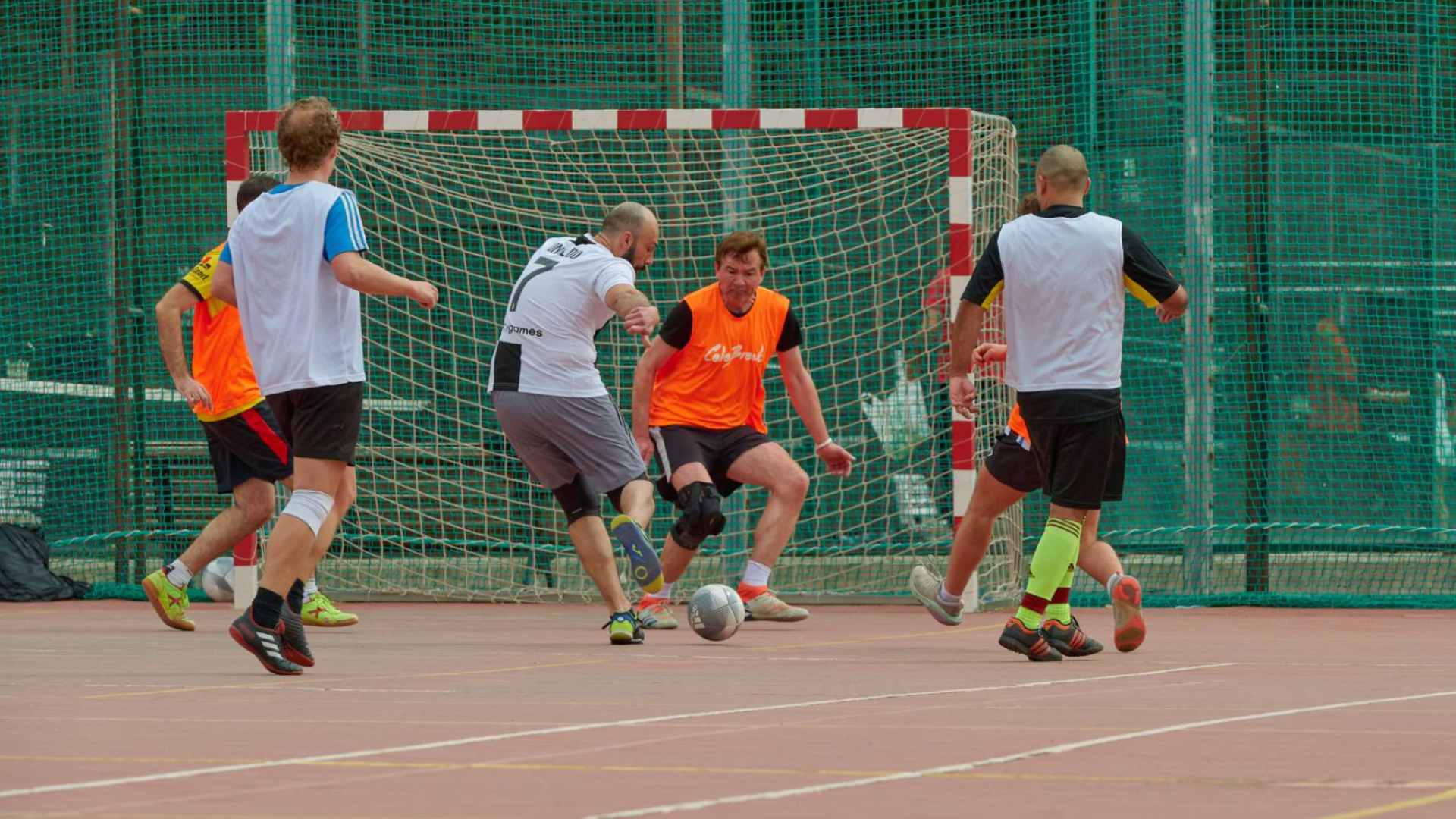Understanding Soccer Law 12 is essential for any sports fan, as it is one of the most used rules during the game. Although it may seem complex at first glance, with a bit of time and practice, you can fully master it and increase your enjoyment of the beautiful game.
Soccer is not just a sport but a passion that unites people across borders and cultures.
Its essence lies in the excitement of the game, the camaraderie between the players, and the annoying energy of the fans.
But for all this to happen orderly, having a well-defined set of rules is essential.
Football Law 12, in particular, is crucial in ensuring fair and safe play.
Understanding the rules of soccer
Imagine the chaos that would be a football game without rules—a horde of players running aimlessly and without clear objectives.
The rules of soccer shape this game, make it a combination of strategy and physical skills and give it a coherent meaning.
the basic rules
Soccer is played between two teams of 11 players each.
The goal is simple: get the ball into the opposing team’s goal more times than they do to yours.
Players can use any part of their body except their arms and hands unless they are the goalkeeper in their penalty area to achieve this.
The game is divided into two halves of 45 minutes each, with a 15-minute break in between.
If the match is tied at the end of regulation time, it can go to extra time or penalties, depending on the format of the competition.
Fouls and offside
Soccer is a contact sport, but not all contact is legal.
Pushing, grabbing, and intentional hitting are all prohibited and are penalized.
Likewise, a player cannot be offside when receiving the ball.
These are some situations governed by soccer rule 12, which we will go into in detail later.
Delving into football Law 12
This is where we enter the heart of football sanctions, the epicenter of infractions: football rule 12.
Soccer Rule 12, according to the International Federation of Associated Soccer (FIFA), is entitled “Fouls and Misconduct.”
This rule mainly deals with offenses that result in cautions, disciplinary sanctions, expulsions, free kicks, and penalties.
In summary, Law 12 states that a foul is awarded when a player engages in foul play, uses offensive language, intentionally handle the ball (unless it is the goalkeeper inside their penalty area), or commits other unsportsmanlike behavior.
Any time you hear a referee whistle, it is most likely due to a Law 12 violation.
Covering fouls and misconduct is probably the most crucial rule in the game, as its interpretation can drastically change the course of a match.
Understanding the fouls according to football Law 12
Football Law 12 is divided into two main parts: fouls that result in free kicks or penalties and misconduct that can lead to a player receiving anything from a booking to a yellow or red card and even sending off.
Fouls that result in free kicks or penalties are generally those that involve illegal physical contact, such as hitting, pushing, jumping over, charging, kicking, or hitting an opponent.
They also include actions that do not involve contact, such as holding an opponent, spitting, or deliberately handling the ball (unless you are the goalkeeper in your penalty area).
Yellow and red cards: The warning and expulsion system
According to football rule 12, a player’s misconduct is penalized with cards.
The yellow card serves as a warning signal for a player. In the event that the same player accumulates two of these warnings in a single match, said yellow cards are transformed into red cards, resulting in the expulsion of the player from the game.
A red card can also be given directly for severe misconduct or violent conduct.
The referee has the last word in the interpretation of football rule 12, and his decision is final. However, these decisions can be reviewed and corrected with the introduction of VAR (video assist referee system).
Here you can read about the Most Famous Soccer Player.
Frequently Asked Questions About Soccer Law 12
How is a tackle determined to be “careless,” “reckless,” or “excessive force” under Law 12 of Football?
The interpretation of these terms is left to the discretion of the arbitrator. Generally, a tackle is considered “sloppy” if the player does not show due attention or consideration towards his opponent. It is “reckless” if the player acts without regard to the danger or consequences to his opponent. And it is considered that he uses “excessive force” if it exceeds what is necessary for the situation and can endanger the physical integrity of the opponent.
When is it permissible for a player to touch the ball with his hands?
The regulations allow goalkeepers to touch the ball with their hands inside their penalty area. However, it is considered an offense outside their penalty area or if a field player touches the ball with their hands unless the referee judges it was accidental.
Can a referee change a decision after blowing the whistle for a breach of Law 12?
According to the game’s rules, once the referee has made a decision, he cannot change it unless he realizes that the decision is incorrect or is advised by an assistant or the VAR (Video Assistant Referee), as long as the game has not been restarted.
What is the difference between yellow and red cards in Law 12 Football?
A yellow card admonishes a player who has committed a significant foul but does not reach the level of direct expulsion. If a player accumulates two yellow cards in the exact match, he will be shown a red card, resulting in his removal from the game. A red card is given outright for severe offenses, and the player is immediately ejected from the match. Both cards are provided at the referee’s discretion, depending on the severity of the Rule 12 breach committed.
Conclusion
Understanding the rules of soccer, particularly soccer law 12, is essential for any sports fan.
These rules determine how the game is played and how it is lived and enjoyed.
So the next time you’re in the crowd, watching your favorite team, you’ll have a greater appreciation of what’s happening on the field, and you might even find yourself explaining Rule 12 to those around you.
CeleBreak and the rules of football
Football Law 12 and all other rules play a crucial role in events and tournaments hosted by CeleBreak.
Referees officiating matches at CeleBreak events are well-versed in the rules set forth by FIFA and are expected to apply them fairly and consistently.
This ensures that all players are on a level playing field and that fair play is promoted.
It’s also important to remember that while the competition can be fierce, the spirit of CeleBreak is centered around the enjoyment of soccer, which means that fair play always comes first.
CeleBreak can also offer training and explanations on soccer rules, including Law 12, for those new to the sport or who want a refresher on the rules.
By doing this, CeleBreak ensures that all players understand how soccer works, allowing them to play their best while keeping the game fair and fun.
Download the CeleBreak App and play!



